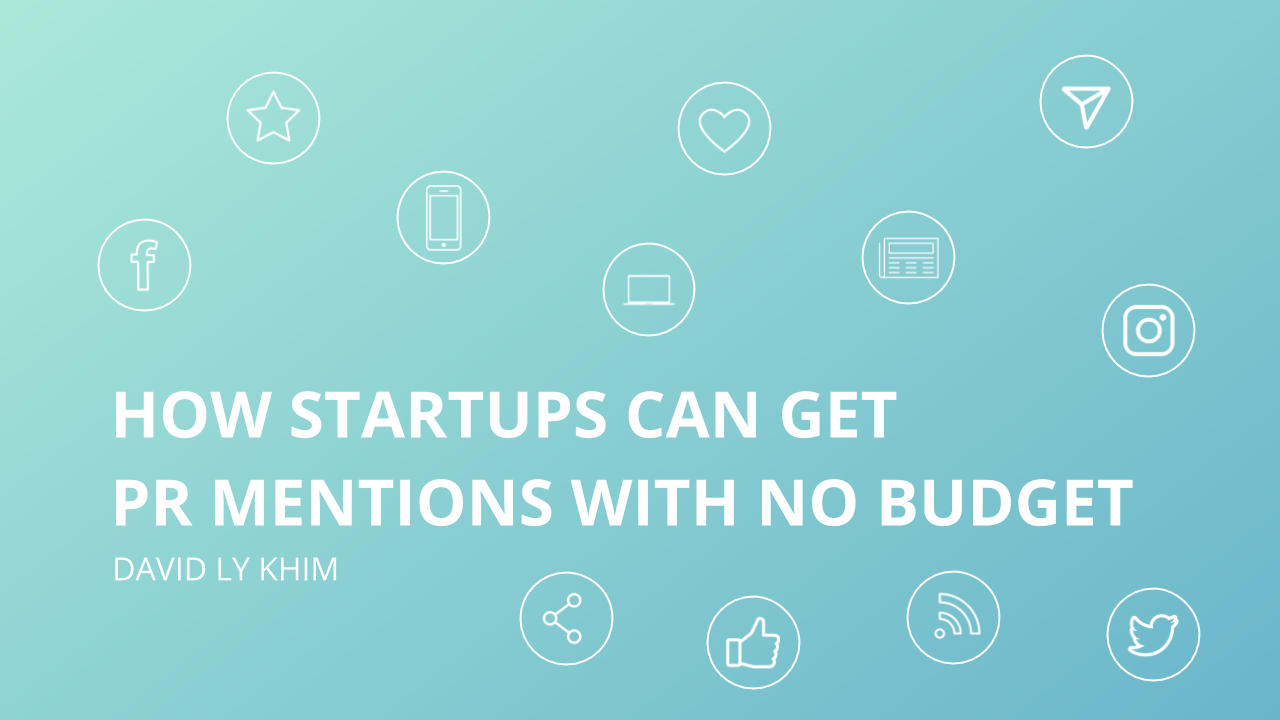
How do you acquire customers as a bootstrapped startup with a small (sometimes non-existent) marketing budget? You might have gotten your first customers through cold emails, outreach to your network, posting on forums and community pages, running paid ads, and posting on social media.
You might eventually do content marketing to generate inbound leads and or you might start thinking about PR. These two things are intertwined, and as a startup, you should think about them together.
Content marketing can be a low-cost, scalable channel to get customers and, when done well, it’s great for getting PR mentions. We’re going to focus on getting PR mentions which will ideally help you with lead generation and help you acquire customers.
First, I need to rant really quick.
Check out this email I got the other day. I get maybe two of these a day.
She talks about herself at least six times and doesn’t mention anything about what’s in it for me. Is she assuming that, out of goodwill, I’ll take the time to respond, review her work samples, connect her with my editor and help her to get published? Sorry, not sorry, Juliana. You’re going directly to my spam folder. I have other things to do.
You might wonder why I’m ranting about this and what this has to do with your startup.
This is a typical pitch journalists and bloggers get from companies (yes, startups included) hoping to get a mention. This type of email pitch the biggest mistake companies make when trying to get PR mentions. Here’s why, 57% of top-tier publications receive between 50 and 500 pitches a week.
Do. Not. Do. This. Ever.
We’ll talk about the right way to do it in a minute.
Let’s make sure we’re on the same page when it comes to how we think about PR mentions.
A PR mention is when a publication mentions your company and includes a link back to one of your web pages. This is what we call a backlink. Backlinks are a cornerstone in developing your SEO. Good SEO improves organic traffic and discoverability. More traffic ideally means more leads and more customers.
That means PR = good.
There are three big factors when it comes to your website’s credibility:
- The number of websites linking to it
- The credibility of those websites linking to it (for example, Forbes is considered more credible than a small, new, one-person blog)
- The relevance of those websites linking to it
This means that more links isn’t necessarily better. And a bunch of links from Forbes may not be ideal if the page isn’t relevant to your company.
More relevant and credible links is ideal.
So if you’re in the fashion industry, you don’t want links from a website about farming. You want links from a website about clothing or from a fashion influencer’s website.
(If you want a deeper dive into backlinks and SEO, read QuickSprout’s Advanced Guide to SEO.)
Great. Now we’re on the same page so we can talk about getting PR mentions.
If you’re a startup, you shouldn’t put budget toward a PR firm. That means you’ll have to do the work yourself, but you won’t see results immediately.
Here’s a tough fact right off the bat: getting PR mentions takes time and effort. (I’m hoping my bolding, underlining, and italicizing gets this point across.)
PR and SEO can be boiled down to two things: authority and relevance. With these two things, you can keep pushing the PR flywheel.
Here’s what the PR flywheel looks like:
- You create something press worthy
- You get mentioned in the press (say Forbes) with a link to your website which improves your authority and relevance both online and in peoples’ minds
- People click to your website and you get traffic and social mentions
- This further increases your credibility and trust and familiarity with your brand
- Because you’re relevant in that time and seen as an authority, more journalists will pay attention and write about you
- You get mentioned in the press (another publication this time)
- And so on
With each cycle of getting mentioned, you get a backlink which leads to more buzz, more traffic, and more customers.
The flywheel gets more momentum with each loop and the longer you stick with it, the easier it becomes to turn that flywheel and get more PR.
How does that sound to you? (This is where you say yes and cheer.)
Before we start getting too excited, keep in mind that PR flywheels have the potential to be be devastating for your brand. For example, as of the time of this writing, a search for “Uber” in Google News will show this:
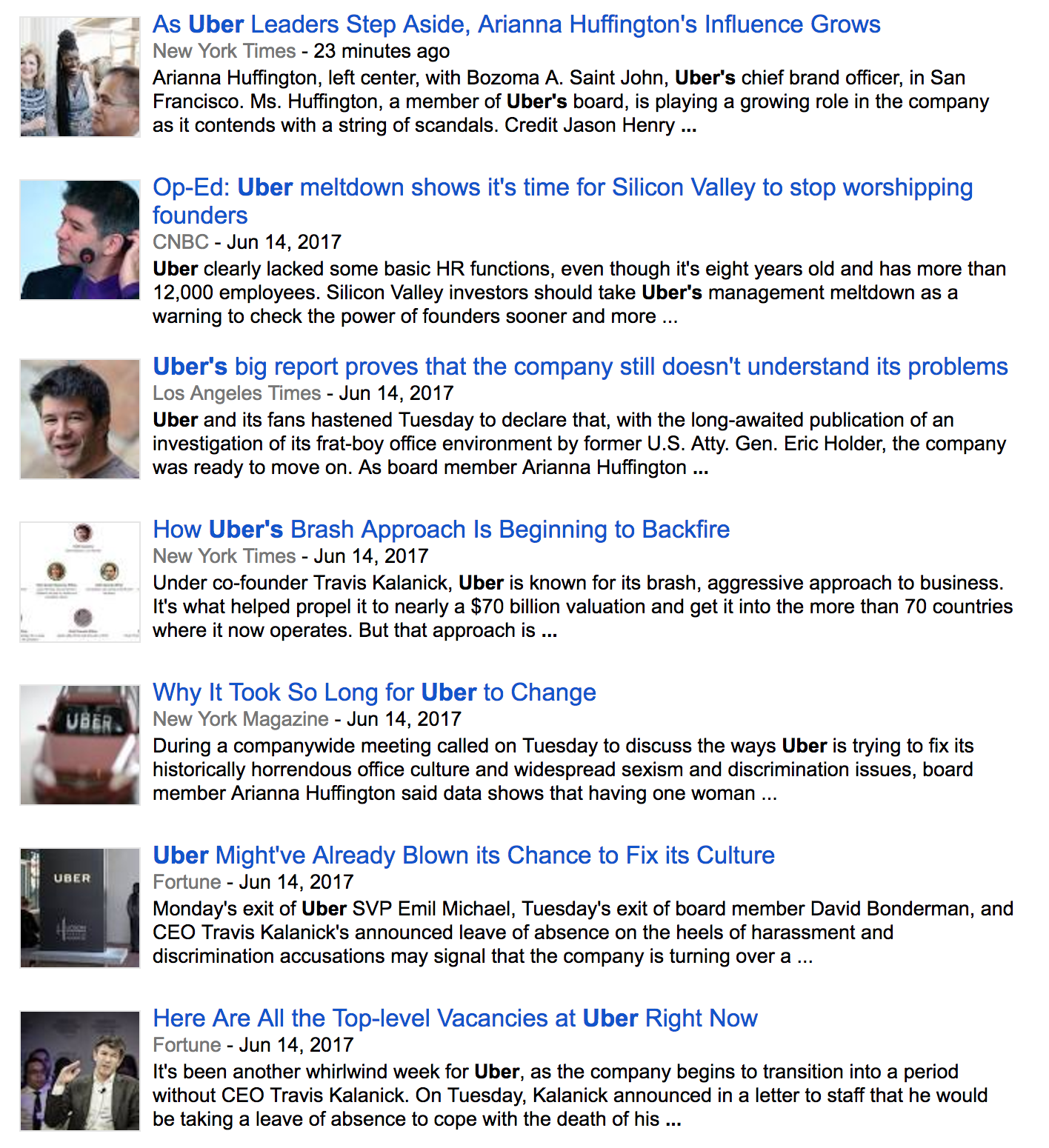
The PR flywheel is real.Now let’s get into how to you can get a positive flywheel started for your startup.
Now let’s get into how to you can get a positive flywheel started for your startup.
In the first part, I’m going to talk about mistakes and misconceptions about getting backlinks and PR mentions.
In the second part, I’m going to dive into how small and large companies get PR mentions and share a few examples.
In the third part, I’ll give you a step-by-step framework to get your own PR mentions and backlinks without hiring a firm or extra person to do it. That doesn’t mean it’s easy but it’s possible – and clearly worth it.
Part 1: How Most Companies Try to Get Backlinks and PR Mentions
As you saw from before, many companies try to get PR mentions and backlinks by giving a “me” pitch. They pitch their startup to publications and journalists and try to sell them on how exciting their product is. Or they talk about their latest round of funding. Or their new product feature.
Check out this other email I got:
Yeah, I don’t care, Cory.
These aggressive pitches completely ignore the fact that journalists are human.
Imagine you go up to a person on the street and say, “Hey, will you tell everyone you know about me?” That person is either going to ignore you, think you’re an idiot, feel violated, or all of the above.
But if you approach them with a compliment, have a conversation, learn about them, guess what? They might tell a friend about how they had a great conversation with a random stranger – you. (These type of principles are taught in the book, How to Win Friends aand Influence People. Highly recommended if you haven’t read it.)
The dream is to get a press mentions page that looks like Lyft’s:
“Me” pitches lack effort. Companies that do this hope to achieve that tier one press mentions page without having to put in the time and effort of building relationships and truly doing something press worthy.
The problem with the “me” pitch approach is the belief that “me” matters.
These pitches assume that people actually care about that company/product/news. In reality, no one cares. Most people – including bloggers and journalists – are looking out for themselves. They’re figuring out how to meet their next publishing deadline.
I’ll share a better approach with you below.
The takeaway is that you should think of PR as a long-term game, not a quick pitch-and-go.
This is a clear challenge because one of the most common questions about PR and SEO is: how long does it take SEO to work? The answer is longer than you’re hoping. That doesn’t mean you shouldn’t think about it – it means you should have started working on it yesterday.
Let’s talk about a more effective way to get PR mentions.
Part 2: 3 Methods Companies (Like HubSpot) Use to Successfully Get PR Mentions
1. Well-Researched Informational Content
The HubSpot Sales product used to be called Sidekick and we began as a completely separate brand. Our website was getsidekick.com – that meant we receive little benefit from the HubSpot brand.
To get PR mentions and backlinks, we created long-form, helpful, informational pieces of content that were upwards of 5,000 words. The product was all about email tracking so we wrote about email-related topics like how to write effective follow up emails, how to write magnetic networking emails, and email etiquette.
Then we pitched that content to publications who wrote about similar topics, asking for them to link to that piece of content as a resource.
We did that for 10 pieces of long-form content, receiving over two dozen backlinks, and this resulted in a 13% increase of organic traffic week over week for four months.
2. Create a Comprehensive Resource (Then Use Another Website’s Popularity to Get Found)
If you take a look at the 50 Most Upvoted Products on Product Hunt and look at the number one hunt, you’ll find Startup Stash.
When you look at Startup Stash’s backlink profile on Ahrefs, you’ll see they have over 42,000 backlinks:
Bram, the creator of Startup Stash seeded the discovery of this website by getting featured on Product Hunt. But he didn’t get all the press mentions just by posting there. He got those press mentions because he created a comprehensive resource that hadn’t been shared before. It was unique and worth writing about – especially for the startup community.
In addition to a solid website, Bram had a solid launch strategy for Product Hunt and if you look at the Startup Stash Product Hunt page, you can see that Bram was actively engaged on the day of his launch.
3. Release Exclusive Data
Companies often run surveys or turn user data into benchmark reports for marketing purposes.
First Round, the largest seed stage venture fund, releases their State of Startups report every year.
Their 2016 report has over 6,000 backlinks, 20% of which are from .edu websites (these are highly credible and authoritative websites).
Part 3: How to get PR Mentions for Your Startup
Now that we’ve taken a look at how other companies have gotten PR mentions, let’s dive into how you can apply this to your company.
1. Define your reason for getting mentions in publications
Your reason will determine which publications and journalists to target. Goals include:
- Press mentions
- Backlinks
- Social shares
- New customers
If you want to build relevant traffic that could potentially turn into customers, you should aim to get featured on industry publications. Whereas if you want press mentions or social shares, a broad publication like Forbes or TechCrunch would be better.
2. Create a list of publications to target
Start by finding websites that have already mentioned you without you knowing. They’re likely going to be smaller publications, but it’s a start. If you’re lucky, you might have already been featured on a big publication. Either way, these people have already written about you so it’s easier to ask them to write about you again than to pitch a new journalist.
Use Advanced Google Search, Google Alerts, and Mention to find where you’ve been mentioned and track future mentions.
To find publications to target, create a list of publications you read and start there. Look at what other websites those publications link to and add those to your list too.
Based on your goal, bucket your target publications into Tier 1 and Tier 2 publications.
3. Find out what journalists want.
Whether they’re bloggers or journalists, writers write about specific things they’re interested in. Co-founder and CTO of HubSpot, Dharmesh Shah, says, “to get press, don’t pitch your product.”
Based on keyword research, find out which journalists write about keywords relevant to your company. Dive into articles of specific bloggers and journalists from those publications and reach out to build relationships with the ones who write on topics relevant to your business.
Focus on being helpful when you do this. Help journalists hit their next deadline by providing them the information you think they’d be interested in writing about or provide a quote without asking for anything in return. When you become a credible and trusted source of information, you’ll be asked to provide quotes.
For example, some journalists might specifically cover data about marketing technology in the United States. Others might only write about financial advice. Figure out an author’s beat and find out how you can fit your company into her beat.
Simply stated: Know what journalists want.
Ask the journalists what they’re focused on writing about and find out what kind of information would be useful for them. There’s are good ways to do email outreach for this and there are really great ways. Focus on doing email outreach the best way so you don’t ruin your chances of building relationships or getting mentioned.
4. Brainstorm valuable content ideas for those journalists.
Here comes the difficult part – creating something worthy of being written about. There’s a balance: it needs to be different enough to be newsworthy, but similar enough to other things so you know there’s potential for it to be covered by journalists.
Dmitry Dragilev of PR That Converts, suggests you:
- Borrow ideas that work from your competitors using SEMRush
- See what’s popular on your target publications using Buzzsumo
- See what people are already linking to using Ahrefs’ Content Explorer
You can start by going with one of the options above that other companies have successfully pulled off:
- A well-researched piece of content about a topic related to your business
- A comprehensive resource that people will want to share
- A report based on exclusive data no one else has access to like product usage data or survey data
Think about how much time you can dedicate to creating this piece of content.
- Design – Content that is well-designed, easy on the eyes, and easily digestible is more likely to be covered (this is why infographics are so popular).
- Copywriting – Well-written content is a must.
- Data mining – If you’re going to create a data-based report, you’ll need to dig into numbers and find stories to tell about the data.
- PR / Outreach – As mentioned above, you’ll need to reach out to journalists and build relationships – this takes time.
- Development – If you plan on building a microsite like First Round did for their State of Startups report, you’ll need a developer to build the website or take the time to build something in WordPress.
5. Create the Content
When creating content there are various ways to make it more likely to get mentioned:
- Use data where possible – journalists like exclusive data
- Use images and visualizations where possible to make the information easier to digest
- Put thought into the design – Look at the State of Startups by First Round Review for an example (gif above)
The important thing for you: layer in SEO with some basic keyword research. You’re hoping to get PR mentions which means you’ll get backlinks. It only helps to do some keyword research and make sure you end up ranking in the search results for relevant keywords.
6. Promote Your Content
This doesn’t mean sharing on social media or sending to your email list. This means doing the hard work of pitching journalists to cover you.
Create a pitch on why the content you created is interesting and worthy of being written about and linked to.
Refer to your list of journalists and publications and send them emails about this thing you created.
Remember, you should have already built relationships with journalists and reporters and they should be open to hearing your pitch.
Can you utilize any channels to make the distribution of your thing more scalable and not have to email every journalist one-by-one? Think about how Startup Stash used Product Hunt to seed attention within a specific community. What communities, like Quora, can you tap into?
Here are some tools to help you with your outreach:
- HARO
- JustReachOut – This tool helps you find journalists to pitch.
- PR Outreach Tools – This is a full list of outreach tools recommended by Dmitry Dragilev.
- Norbert or Hunter.io – Use these tools when you’re having trouble finding a journalist’s email.
Get Started Now
- Find websites where you’re already getting mentioned
- Set up alerts to know if and when you get mentioned in the future
- Find three publications for both Tier 1 and Tier 2 publications and find a relevant journalist or blogger at each of those publications to start building relationships with
- As you talk to them and learn about what they’re writing, offer to provide a quote or data and simply ask to be cited. That will get you a mention and it comes from being helpful – not pitching
- When you have data, research, or a product launch to promote, share what you’re doing with the journalist and ask if it’s something they’d want to cover (it should because that’s why you chose to build relationships with them int he first place!)
Do you want to level up your content and backlinking strategy?

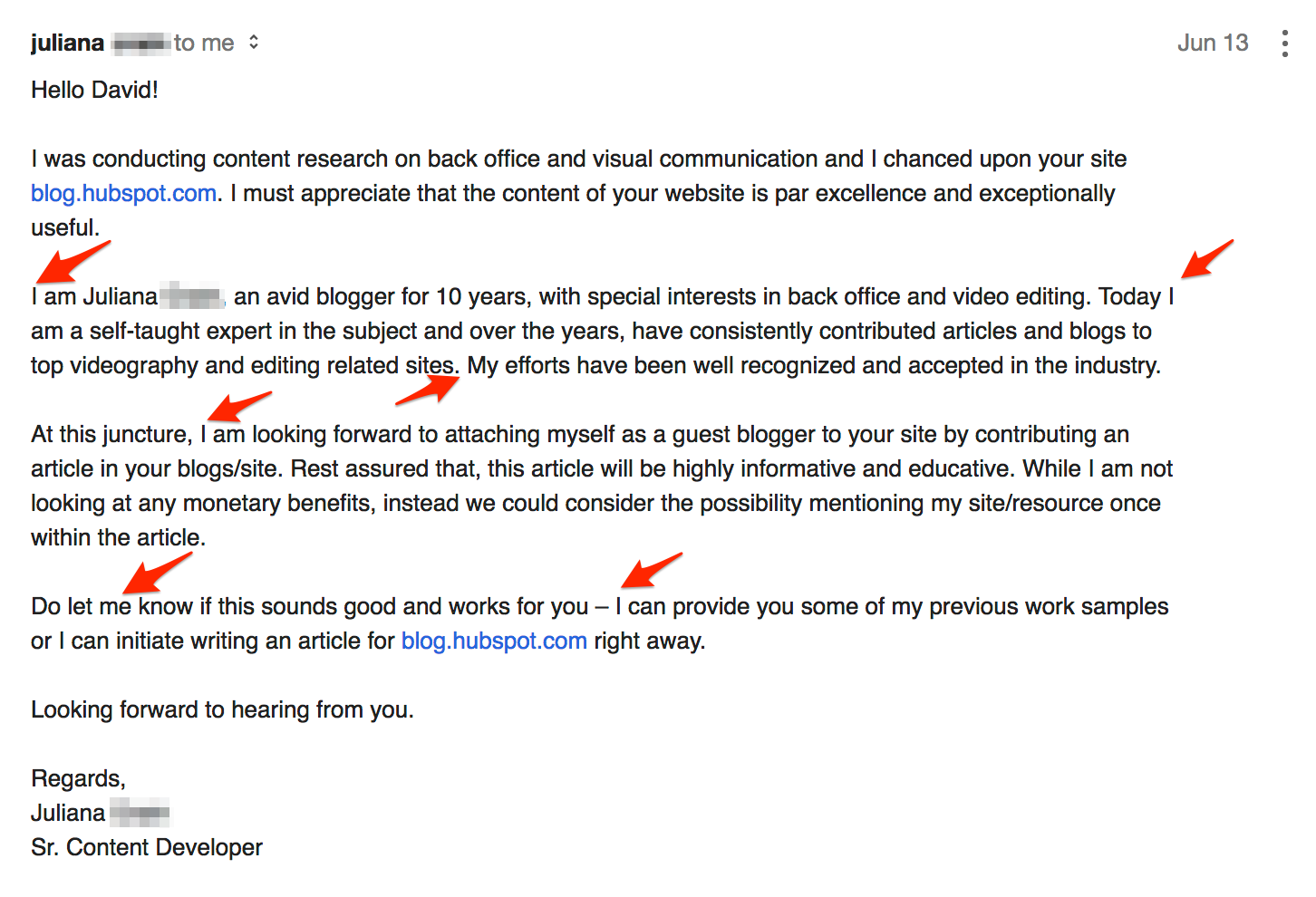

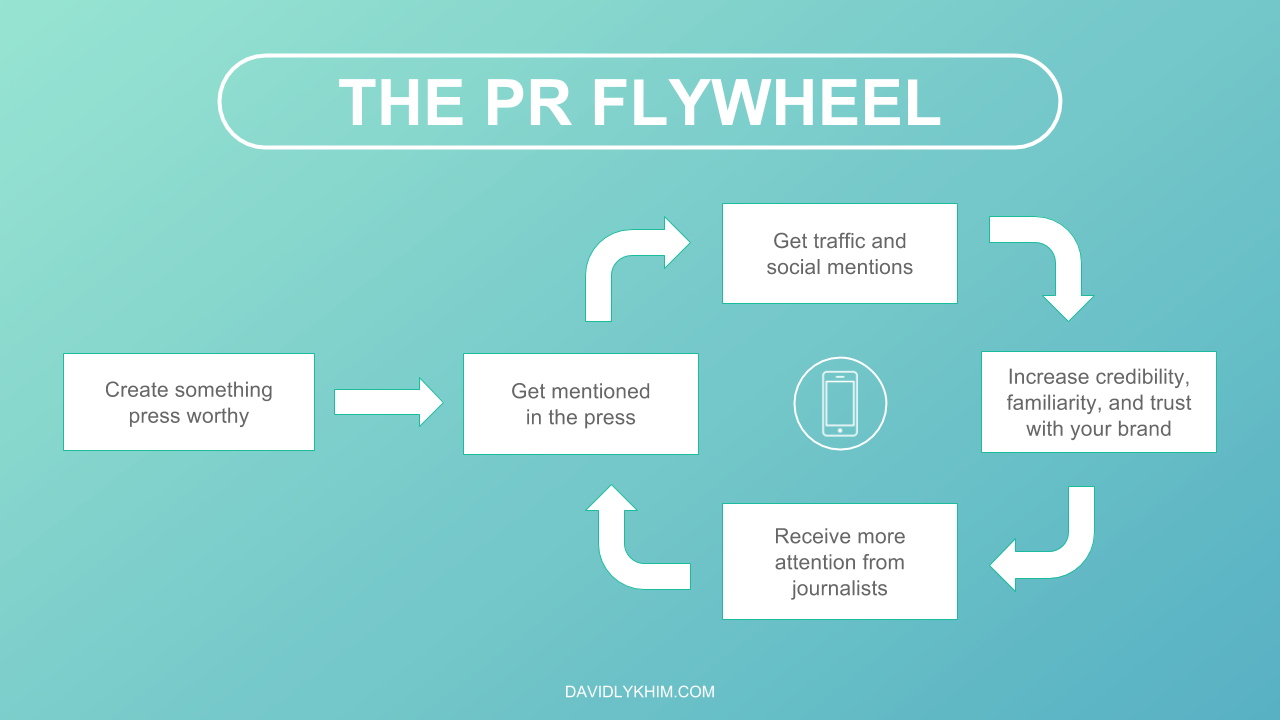
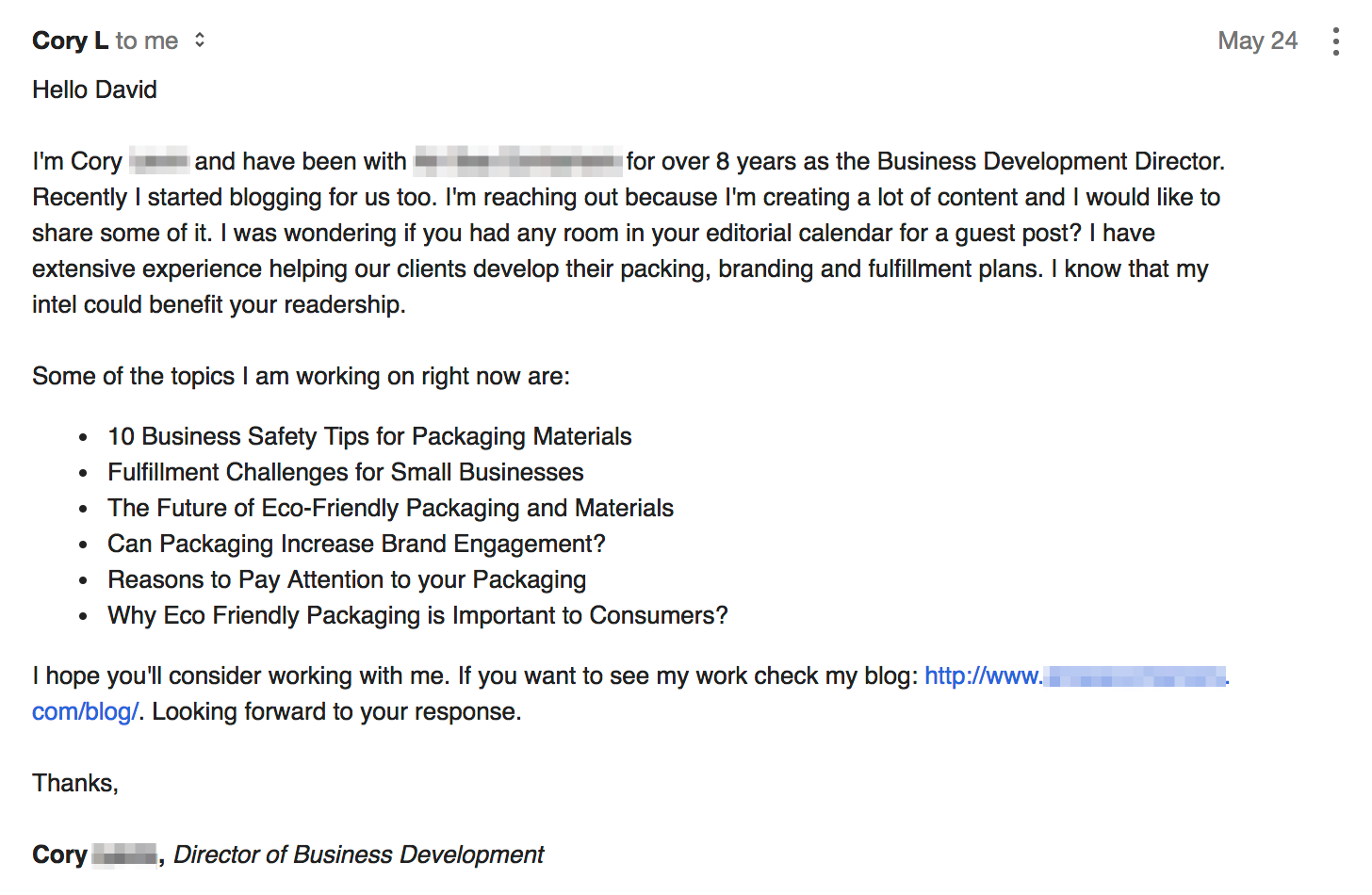
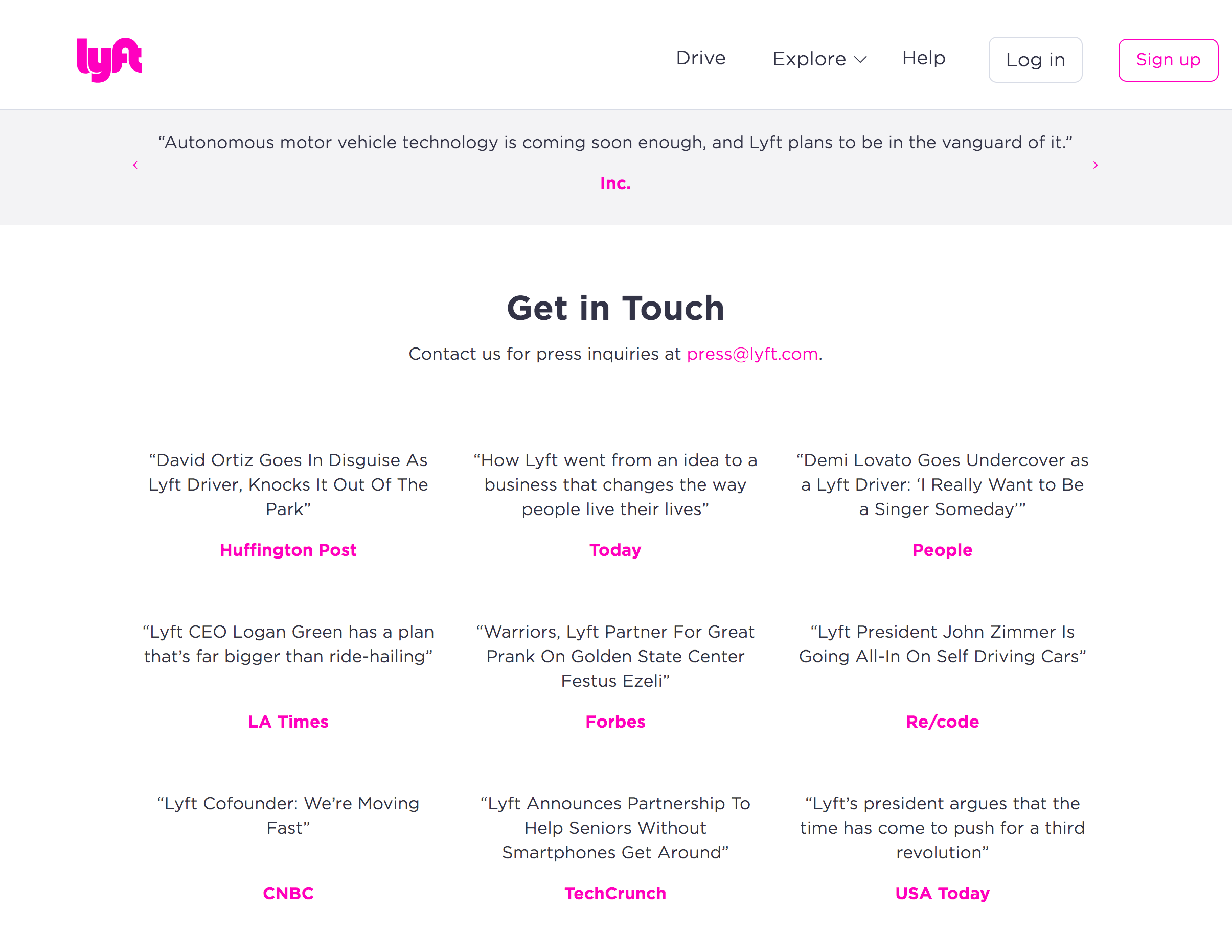
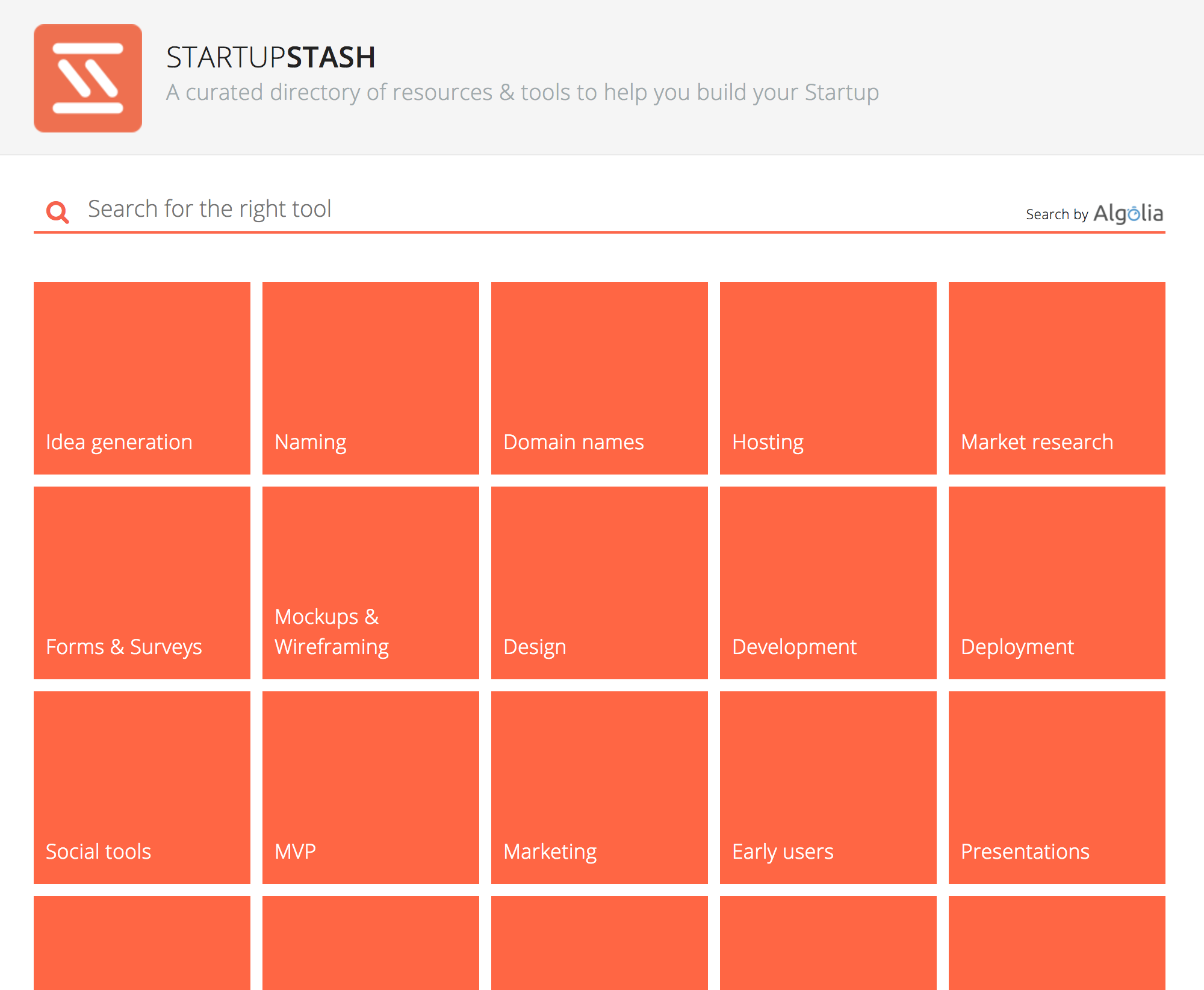





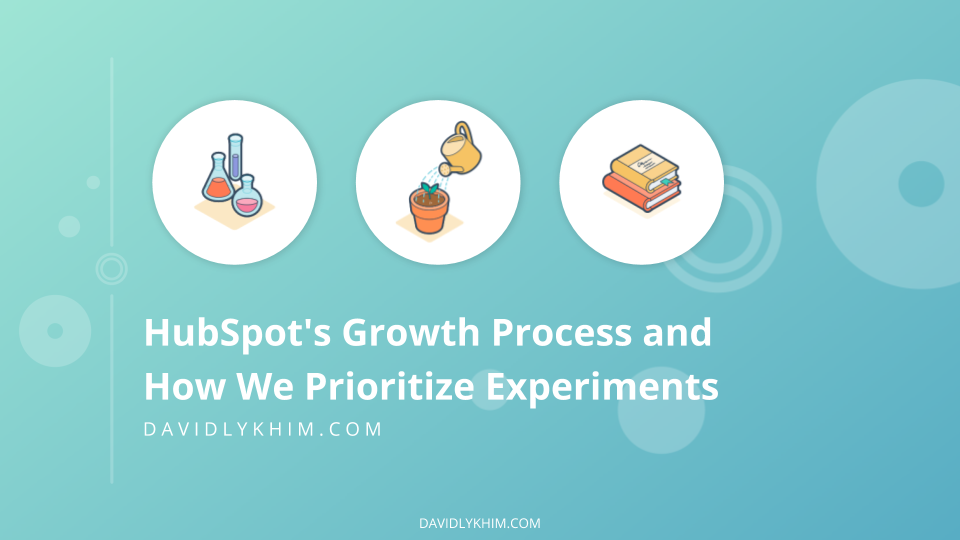
Hey David
I know what you mean about receiving cold, self-serving emails. I’ve had quite a few of those and I always ignore them.
I’ve had my greatest successes from building relationships before making my proposal. And always giving (several times) before I ask.
I agree with your advice about using Buzzsumo and Ahrefs to see what content has worked in your niche. My approach is typically to find out what has worked in the past, then create something (much) better.
Thanks for sharing the Startup Stash case study. That’s an impressive piece of content marketing right there!
Your content is top-notch. I look forward to reading more.
Clement
Very informative blog. Currently working on ideas on how to get quality backlinks for my website. Will surely keep this in mind.